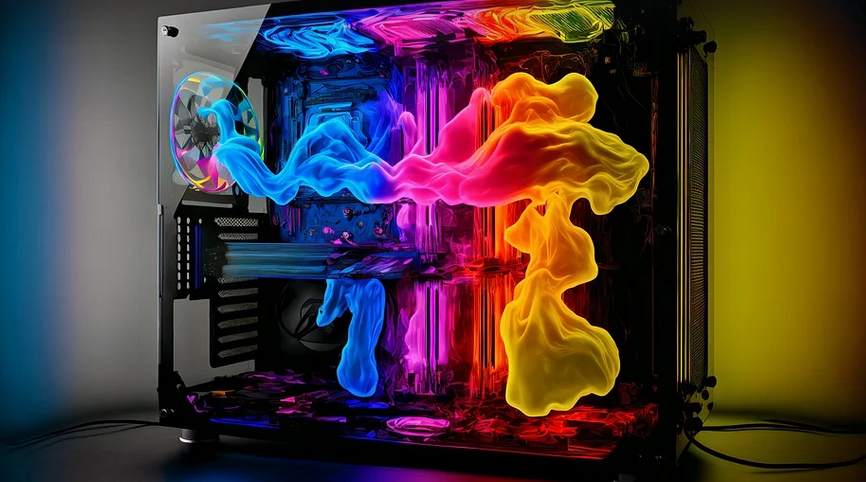The Art of Attracting Trouts in Flow: A Guide to Stream Lure Techniques
Trout fishing, especially for those seeking a challenge and connection with nature’s beauty, is an activity that holds immense appeal. However, for anglers who want to maximize their chances of reeling in these elusive fish, understanding the right lures is key. Stream trout, known for their resilience and cunning, have developed impressive tactics to evade even seasoned anglers. Understanding the nuances of stream trout behavior and how to use lures effectively goes a long way in bridging the gap between angler and fish.
When it comes to lure selection for stream trout fishing, several factors play crucial roles. First, consider the specific location—the river’s gradient, depth, and current patterns influence where and how trout feed. Next, analyze the season: winter brings cold-tolerant trout seeking shelter within fast-moving water, while summer finds them migrating towards deeper pools for cooler temperatures.
Stream trout are masters of camouflage, blending seamlessly into their surroundings. As such, a variety of lures mimicking the movement and appearance of insects, crustaceans, or even other smaller fish can prove immensely successful. Understanding where trout prefer to feed during different seasons is vital in determining which lures to use.
Lure Types for Stream Trout: A Comprehensive Guide
The world of stream trout lure selection offers a diverse array of options. Let’s delve into each category, considering their distinct characteristics and how they relate to specific fishing situations:
1. Dry Flies
Dry flies, with their enticing silhouette and buoyant nature, are perfect for imitating natural insects struggling to surface in a fast-flowing stream. Popular choices include the Adams, Royal Wulff, and Elk Hair Caddis – all known for attracting trout feeding on aquatic invertebrates.
2. Nymphs
Nymphs, designed to mimic the life stage of small nymphs found lurking beneath the water’s surface, are particularly effective when fished in slower-moving sections or near submerged vegetation. They create a strong allure due to their natural movement and ability to imitate insects living under the surface.
3. Caddisflies
Caddisfly larvae are an essential food source for many trout species. Their emergence from underwater silken cocoons creates an enticing spectacle that can trigger feeding frenzy in nearby fish. Lures mimicking this behavior can be particularly successful during spring and summer when caddisflies thrive.
4. Streamers
Streamer lures, with their bold shapes and movement patterns, are designed to mimic live baitfish or other larger prey species found within fast-flowing streams. Their unique design creates a captivating visual appeal that can trigger aggressive strikes from trout. A variety of streamer colors and sizes should be used to tailor to the current conditions.
When choosing streamers, remember to consider their weight, size (in relation to your target fish), and tail-like appendages. This combination of factors will influence how the lure interacts with the water and how it attracts strikes from trout.
Mastering Stream Trout Fishing Techniques
The art of stream trout fishing goes beyond just choosing the right lure; it also requires mastering several techniques to increase your chances of catching these elusive fish.
1. Fly Casting
A smooth, accurate cast is crucial for attracting trout and maximizing your catch potential. With practice and understanding of the casting technique, you can deliver your chosen lures precisely into promising spots—be it a swirling eddy or a submerged log.
2. Presenting the Lures
The way you present your lure to the trout matters greatly. Using accurate retrieves and subtle pauses can trigger a strike from unsuspecting fish, and mastering this art may take some time. The key is to learn different techniques like fast-paced retrieves or slow, deliberate movements that mimic their natural hunting patterns.
3. Understanding Water Flow
The water’s flow plays a pivotal role in attracting trout. When the stream’s current is strong and swift, it can carry insects and debris, creating the perfect environment for trout. A good approach to fishing these areas is to focus on slowing down your retrieve, allowing the lure to drift naturally with the current.
4. Reading the Water
Observing the natural habitat of a trout stream, such as the vegetation or submerged logs, can provide invaluable insights into their behavior and location. These subtle cues can help you predict where they are likely to be found and adjust your fishing techniques accordingly.
Conclusion: A Deeper Connection with Nature
Stream trout fishing presents a unique combination of challenges and rewards. Mastering the art of lure selection and technique allows anglers to develop a deeper connection with nature and enjoy its bounty. The pursuit of these elusive fish requires patience, resilience, and an understanding of their behavior.
















